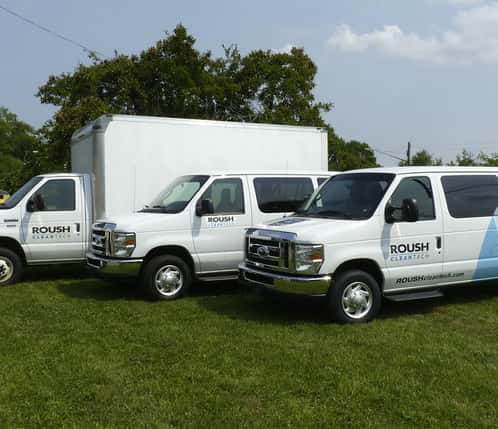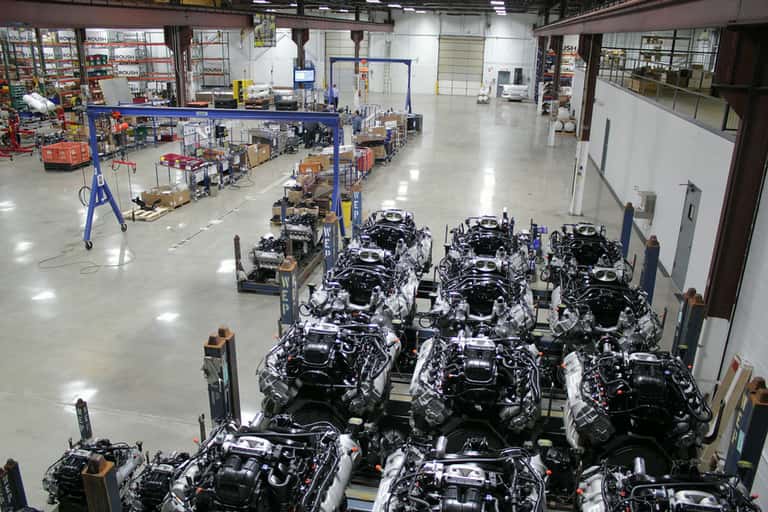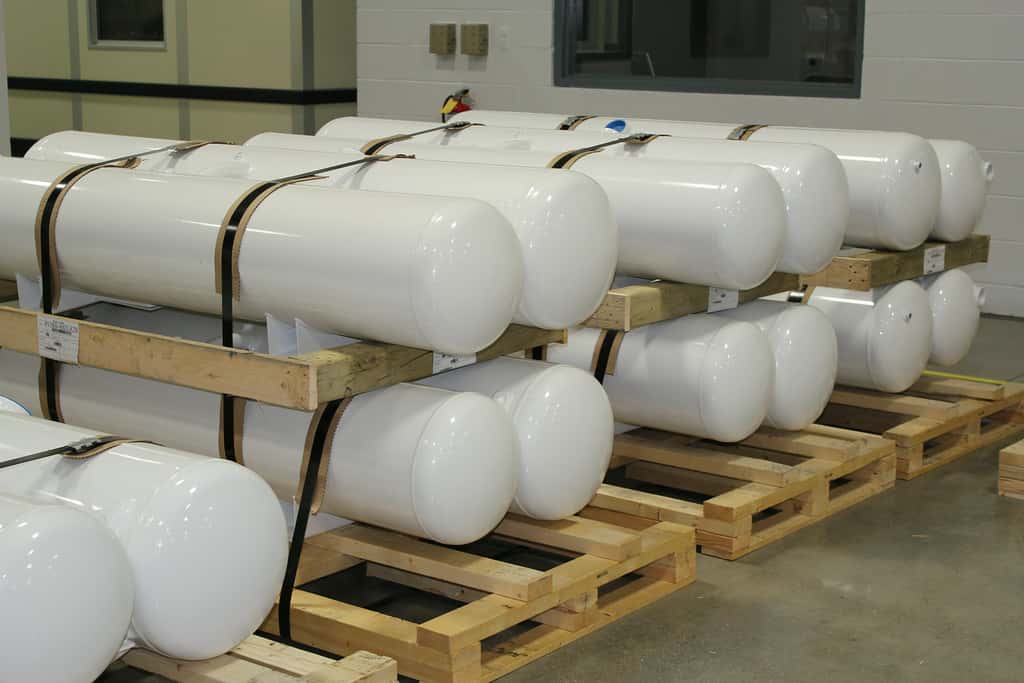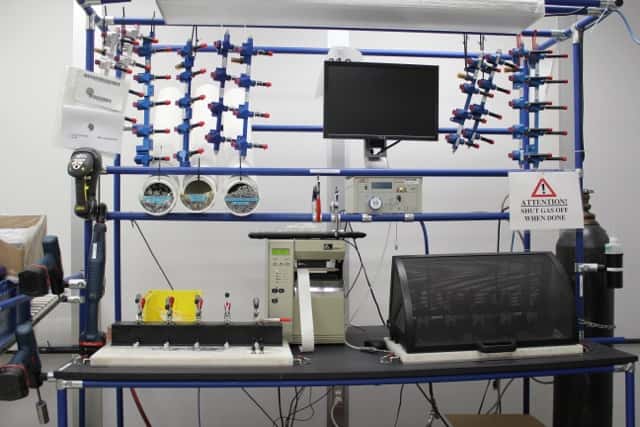 So, you like what you’ve heard about using propane autogas as an alternative fuel for your fleet. You’ve scoped out propane vehicles at trade shows and have a good understanding of the fuel-cost savings and emissions improvements. A couple of peers in fleet management have already made the switch, and their results have been good. You’re more or less convinced that converting your fleet to propane makes sense.
So, you like what you’ve heard about using propane autogas as an alternative fuel for your fleet. You’ve scoped out propane vehicles at trade shows and have a good understanding of the fuel-cost savings and emissions improvements. A couple of peers in fleet management have already made the switch, and their results have been good. You’re more or less convinced that converting your fleet to propane makes sense.
Now what? What more do you need to know in order to make the commitment and move forward?
Let’s walk through some hypothetical assumptions and engage in what Todd Mouw, vice president of sales and marketing for propane autogas system designer and manufacturer ROUSH CleanTech, calls ‘the discovery process.’ As with a potential switch to any alternative fleet fuel, it is critical to match the intended application with the right vehicle platform, fuel system and on-board storage equipment.
Our hypothetical fleet represents the backbone of a large laundry and drycleaning operation. The company’s light-duty vans – a dozen of them – typically run urban and suburban pickup and delivery routes, and they return to base every evening. Each notches about 25,000 miles annually.
The first consideration is to confirm that your operation will, in fact, enjoy the fuel-cost savings you’ve heard so much about if you make the switch to propane autogas.
In our hypothetical case, we’d be converting away from gasoline. Each vans gets about 10 mpg, and the fleet travels a total of 300,000 miles annually.
That’s approximately 30,000 gallons of gasoline per year, and we’ll assume the cost of gasoline is $3.25/gallon. Your total annual fuel cost is about $97,500.
After factoring in the slightly lower energy density of propane vs. gasoline, we work with a fuel economy rating of about 8.5 mpg for the same van running on autogas: 300,000 annual miles divided by 8.5 mpg equals approximately 35,300 gallons of propane per year.
Fleets using propane generally save at least $1.75/gallon vs. gasoline and/or diesel (a couple good examples are here and here), so we’ll assume a fuel cost of $1.50/gallon for propane, without alternative-fuel tax incentives.
In that scenario, with a propane fleet, your total annual fuel cost is about $52,950.
The total annual fuel-cost savings, then, is $44,550. At that level of savings, your operation would recoup the up-front cost of converting 12 vans in about two years. Based on a conservative lifespan for the average van, you’re left with approximately six years of fuel-cost savings, free and clear.

The total lifetime savings for the propane vehicle fleet, then, is roughly $267,300, or $22,275 per van. It’s difficult to argue against that upside, particularly considering that we’re assuming flat prices for gasoline (which is not likely), and we haven’t calculated the lower cost of maintenance for propane vehicles.
Additionally, securing the refueling infrastructure that your fleet will need is relatively straightforward. Part of the discovery process would be to work with a local propane company to assess how propane refueling equipment can be integrated into your property. If you host the fueling station, you can lease all of the equipment from the propane company and bake that cost into the per-gallon price you pay for fuel – and the propane company is on the hook for maintenance and repairs.
Now, turning to the vans themselves, the main consideration is how your vehicles are normally equipped, in terms of the cargo space inside the van or the on-board fuel storage that is necessary to achieve a given driving range between fuelings.
The mid-ship propane fuel tank that you would get in a ROUSH CleanTech van conversion is designed to fit in the same space where you’d find the OEM gasoline tank. The propane tank on a standard van application stores approximately 25 usable gallons of propane, yielding 200-225 miles of range – more than enough to get two days between fill-ups for our hypothetical delivery-van fleet.
The only time cargo space is sacrificed, Mouw says, is if the application requires a huge driving range – e.g., for shuttle buses, etc. In that case, an additional tank needs to be installed somewhere else on or inside the vehicle.
At this point, you’re through the discovery process and ready to move forward. ROUSH CleanTech (which offers autogas systems mainly for Ford products – no GM or Chrysler) will have a conference call with your dealer.

‘We’ll walk the dealer through the option code for the gaseous-prep engine and the ROUSH ship-through code,’ Mouw explains. ‘The vans are scheduled into ROUSH’s process and get converted.’
He notes that from the fleet’s perspective, the purchases and propane conversions are distilled into a single invoice, whether the fleet owner is buying or financing the vehicles. Once you initiate the sale, it takes six to eight weeks to build the chassis at the Ford plant, which is standard for any order.
The propane conversion itself takes no more than a day and a half. ROUSH CleanTech’s approach is ‘very OEM in design,’ Mouw says, noting that the majority of the propane-conversion components are plug-and-play. The technicians spend a couple of hours removing the gasoline components – out go the fuel rails, injectors, gas tanks, etc. – and invest the balance of the time installing ROUSH CleanTech proprietary equipment, which is manufactured at the company’s facility in Michigan.
The ‘secret sauce’ of the process is the systems calibration that the company performs in order to make the vehicles run efficiently on propane, maintaining the power and torque that’s found in the OEM gasoline or diesel offering.

The entire ROUSH CleanTech process takes about a week, from conversion to vehicle testing (end-of-line validation, leak testing, etc.), to when Ford picks up the vans and gets them back to the dealership for delivery.
All told, you’ll have your new propane-powered vans within 10 weeks of when you sat down with your dealer to sign the paperwork. And at that point, it’s business as usual for your fleet operations – excluding the quarter-million dollars in fuel savings you’re in position to reap.
Photos, top to bottom: ROUSH CleanTech propane vehicles; the manufacturing floor at the company’s Michigan facility; raw propane tanks before components are added; a ROUSH CleanTech fuel-rail assembly station






